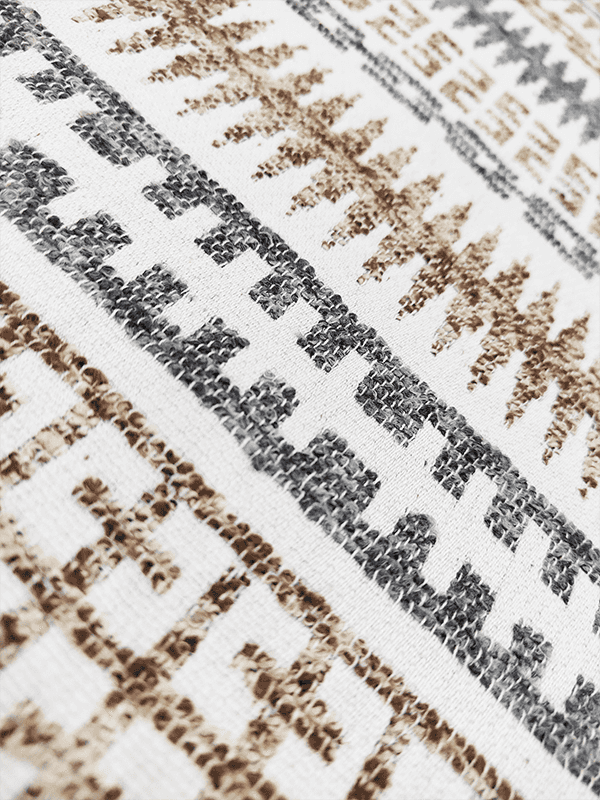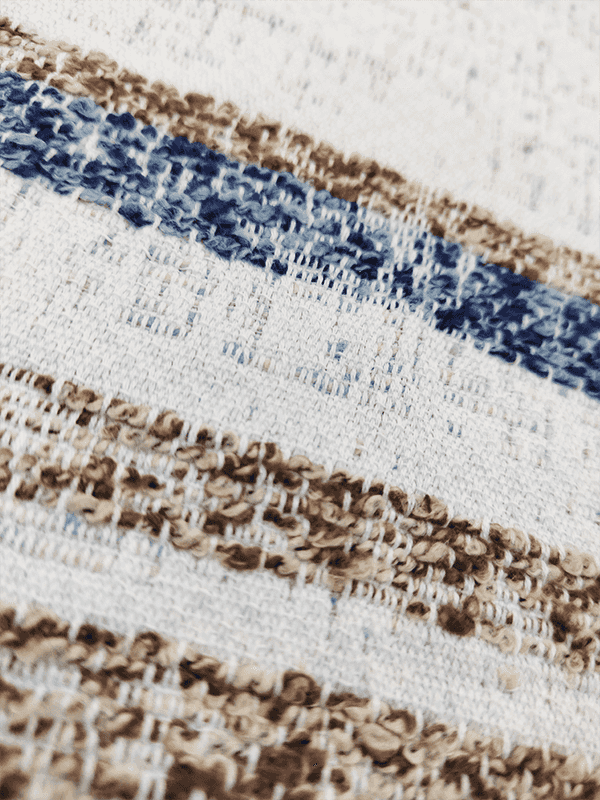How does Polyester And Cotton Home Textile Fabric handle moisture?
Polyester And Cotton Home Textile Fabric being a blend of polyester and cotton, exhibits a combination of properties from both fibers when it comes to handling moisture. Here's how this blend typically manages moisture:
Cotton's Moisture Absorption:
Cotton is known for its high moisture absorption capacity. It can absorb moisture from the air or body, contributing to a comfortable and breathable feel. This property helps keep the fabric cool in warm conditions.
Polyester's Moisture Wicking:
Polyester, on the other hand, is hydrophobic, meaning it repels water. While it doesn't absorb moisture like cotton, polyester has moisture-wicking properties. It can pull moisture away from the body or the fabric's surface, promoting evaporation and keeping the fabric dry.
Quick-Drying:
The combination of cotton and polyester often results in a fabric that dries relatively quickly. While cotton may retain moisture, polyester's moisture-wicking abilities facilitate faster evaporation, ensuring that the fabric doesn't stay wet for an extended period.
Breathability:
The breathability of Polyester And Cotton Home Textile Fabric is influenced by the open weave of cotton fibers and the moisture-wicking properties of polyester. This combination allows for air circulation, enhancing the fabric's breathability and comfort.
Comfort in Various Conditions:
The moisture-handling properties of this blend make it suitable for a variety of conditions. It can provide comfort in warm weather by wicking away sweat and promoting evaporation, and it can also offer insulation in cooler conditions due to the moisture absorption capacity of cotton.
Resistance to Mildew:
Cotton's moisture absorption can make it more prone to mildew in humid conditions. However, the addition of polyester, which is less susceptible to mildew, can contribute to the overall resistance of the fabric to mold and mildew growth.
The specific performance of Polyester And Cotton Home Textile Fabric can vary based on factors such as the blend ratio, fabric construction, and any additional treatments or finishes applied to the fabric.
How well does Polyester And Cotton Home Textile Fabric drape?
Polyester And Cotton Home Textile Fabric typically exhibits a combination of the draping characteristics of polyester and cotton. The way a fabric drapes is influenced by factors such as fiber flexibility, weight, weave, and the ratio of polyester to cotton in the blend. Here's a general overview:
Polyester's Contribution:
Polyester fibers tend to be smooth and have a certain level of stiffness. While they can contribute to a fabric's stability and resistance to wrinkles, they may not have the same level of flexibility as natural fibers like cotton.
Cotton's Contribution:
Cotton fibers are known for their softness and flexibility. Cotton fabrics generally have good draping properties and a natural, relaxed appearance.
Blend Ratio Influence:
The specific blend ratio of polyester to cotton can impact how the fabric drapes. Higher percentages of cotton may contribute to a softer and more fluid drape, while higher percentages of polyester may add structure and stability.
Weave and Weight:
The weave pattern and weight of the fabric also play a role in its drape. Lighter weights and looser weaves often result in a more flowing and flexible drape, while heavier weights and tighter weaves may provide more structure.
Finishes and Treatments:
Any finishes or treatments applied to the fabric, such as softeners or wrinkle-resistant treatments, can influence its drape. Some treatments aim to enhance softness and flexibility.
Application-Specific Considerations:
The intended use of the fabric can impact the desired drape characteristics. For example, curtains may benefit from a more flowing drape, while upholstery fabric might require a sturdier drape.
Personal Preference:
Individual preferences for how a fabric should drape can vary. Some people prefer a more fluid and natural drape, while others may appreciate a fabric with more structure.


